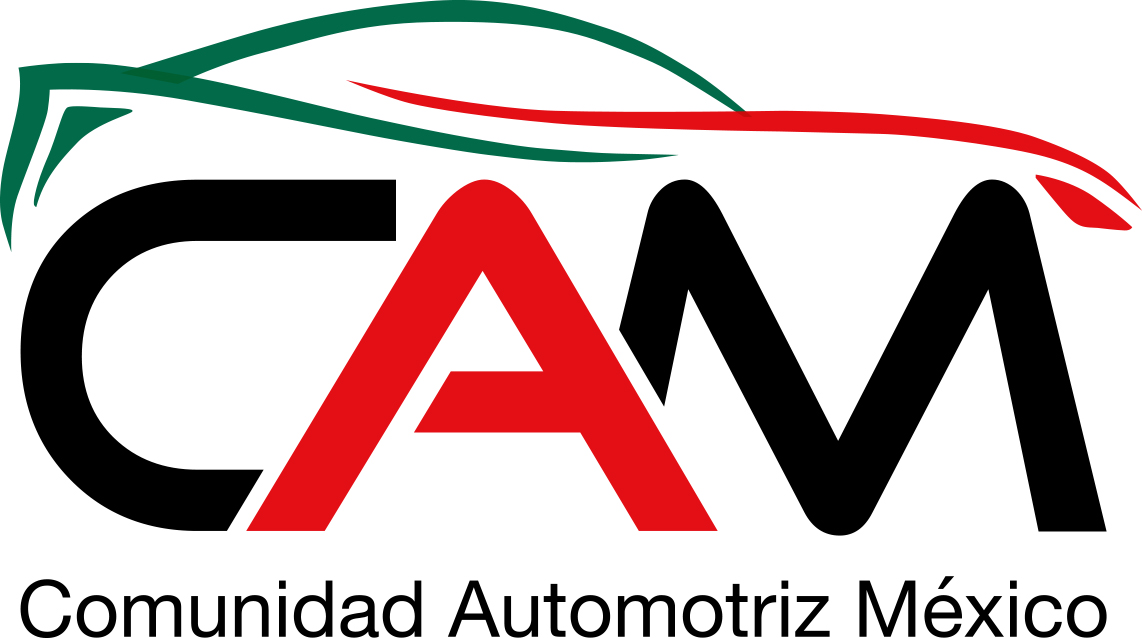Implementing an Effective Archiving Process and Procedures
Archiving is an essential part of a successful document management system. It helps businesses comply with legal requirements and retrieve archived data when they are required. Implementing and maintaining a successful archive procedure and process requires planning and diligence. It can be costly and inefficient if not done correctly. According to a study by Econsultancy 64 percent of businesses do not have a written strategy for how they manage their archive. Here are five steps to help your company avoid these pitfalls.
Determine Which Files to Keep
It is costly to store a file in an archive, and it’s more expensive to pay for storage space that you don’t require. It is essential to determine the retention period for documents in order to ensure that you only archive documents necessary for operational or legal reasons. Also, you should implement an continuous review process to identify unnecessary archived files and then dispose of them.
Create a clear and organized system
A well-planned classification scheme or taxonomy is essential to create a productive archive. It’s easier to find important documents and determine the files that need to be destroyed. It is essential that the naming convention for archived files is consistent so it’s easy to navigate and recognize them.
Set up a clear policy for access and permissions that will determine who can edit or view archives, including any that require security restrictions. You should be able to assign roles and permissions that are tailored. The software should also give an audit in full.
https://dataroombox.com/what-is-the-best-way-to-archive-documents/


Responses